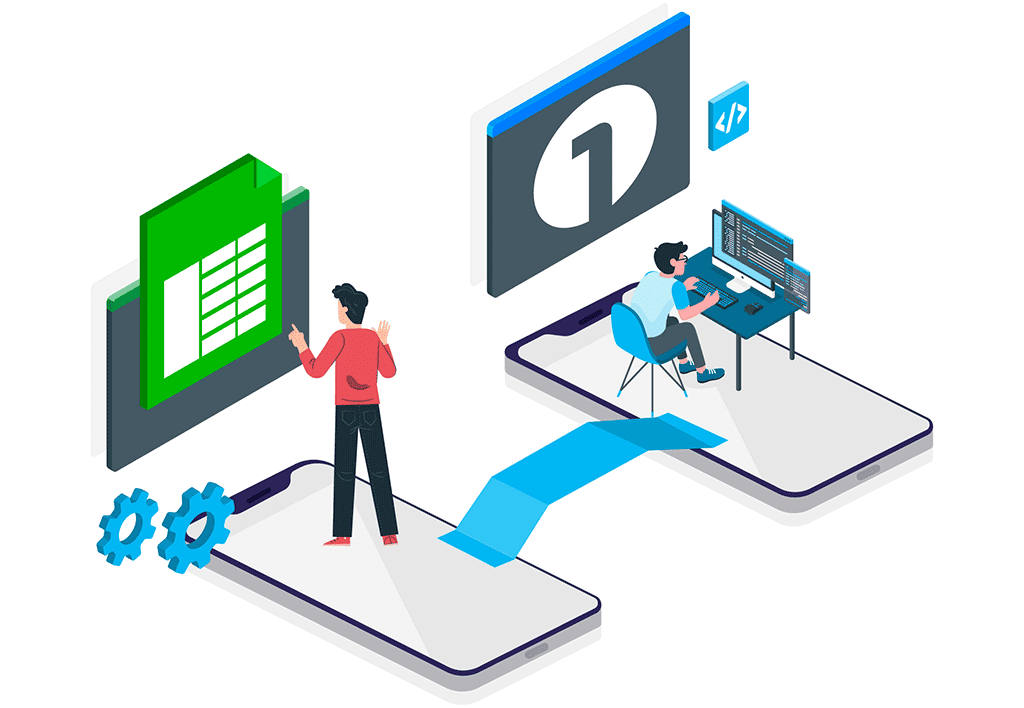5 steps of Project Management
4 min read | Updated on Nov 1, 2022

As per the PMBOK Guide (Project Management Body of Knowledge) by the Project Management Institute (PMI), a project management life cycle consists of 5 stages. Working in a more organized manner usually results in better results. Therefore, dividing your project into the following phases can benefit everyone and improve the probability of achieving your desired goals.
Project Initiation
At this point, you should identify the need for the project and the problem it will solve and the significant benefits and goals you want to achieve. Again, this will aid in the development of a business case.
Create a document to outline all aspects of the project. Evaluate constraints, risks, budget and timeline associated with the project. Make a list of stakeholders and build a team with specific skills.
Project Planning
Defining the goals and dividing them into smaller objectives is the first step toward planning. For a clear direction, you can choose from any of the following goal-setting methodologies.
- SMART goals – Smart is an acronym for Specific, Measurable, Achievable, Realistic and Time-bound goals. It will help to identify the path required for hitting the bull’s eye.
For example, a general goal can be “I want to grow sales of my book,” whereas a SMART goal would be “I want to increase sales of my book by 25% in the next quarter by targeting working professionals.”
- CLEAR goals – Clear is an acronym for Collaborative, Limited, Emotional, Appreciable and Refinable. These are like SMART goals but more oriented toward employees and team motivation.
To reduce the time required for completing a project, you can use any of the following methodologies for project planning:
- Agile Project Management
- Lean Project Management
- Scrum
- Waterfall
- Kanban
Project Execution and Implementation
The ability to execute and implement a project efficiently matters a lot. While managing a project, all teams and individuals should stay connected and collaborate to finish tasks on time. Design suitable workflows to tackle all the situations arising during the project. Automating workflows can help in increasing efficiency and streamline tasks.
Project Monitoring and Controlling
Quantifying performance can take time and effort. Clearly define your key performance indicators (KPIs) to measure achievements precisely. It also helps in identifying delays and the reasons behind those delays. Analyzing the contributions made by team members is also crucial.
Project Closure
There are many tasks associated with the closure of the project. A project can be closed after completion or due to various other reasons. In either case, you must analyze the causes of success or failure, close all contracts and make necessary payments, analyze the scope of improvement, and prepare budget reports.
Get your apps running in minutes
- Register now to start free
- No credit card required





